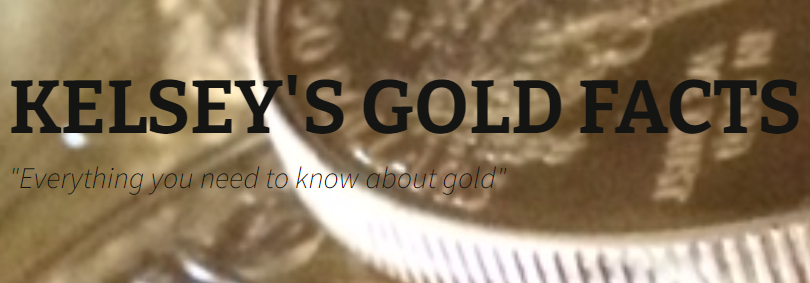WHAT HAPPENS AFTER A RATE CUT?
Has anybody considered what might happen after a rate cut is announced? If the Fed signals a change in direction regarding interest rate policy, as expected by most observers at this point, does that also signal an end to increasing weakness in the economy? Will a recession be averted (officially or not, we are in one) and employers start hiring again? Will people be able to find full-time jobs at satisfactory pay rates; will housing become affordable?
The expectations are there for a cut before the end of the year, probably by September. It is possible that what happens after that might not be consistent with current expectations. In other words, there is a level of deterioration in the economy (liquidity problems, bankruptcies, empty spaces for lease or sale, etc.) that doesn’t suddenly reverse and restore itself.
Most investors and others are so fixated on the potential rate cut that they likely haven’t given much thought to what comes next. That is, assuming that a rate cut is announced. What if the cut doesn’t come as expected or is delayed indefinitely?
MARKETS HAVE PRICED IN THE EXPECTED CUT
The financial markets have risen significantly over the past two years. Stocks have recovered all of their previous losses resulting from the Fed campaign to increase interest rates, and are sporting new all-time highs almost daily. A rush to the exits could occur from disappointment over any further delay in rate cuts. Then, too, the actual announcement of a rate cut might trigger selling anyway, since the cut is already priced in.
There is another problem, too. A goodly portion of lofty stock index valuations are tied to a few extremely large cap tech stocks. That means that the majority of individual stocks don’t share proportionately in the gains of the index. That is Investors should understand clearly that continued financial and economic weakness or a severely deep recession, along with falling stock prices, could occur whether rate cuts are announced or not.
Bond prices reflect the current level of interest rates. Interest rates are set in the bond market. To whatever extent bond traders or investors disagree with attempts by the Fed to raise or lower interest rates, they can bid prices higher or lower, as the case may be. For example, if the effects of inflation were to worsen considerably from this point, investors would demand higher returns to offset further risk from higher inflation. This translates to lower bond prices and higher interest rates, regardless of Fed desires and intentions.
RISKS THAT CAN’T BE IGNORED
The lasting effects from the 2008 Great Recession were such that attempts by the Fed to pursue cheap and easy credit didn’t have the desired impact. It was more convenient and less risky for banks to park the extra money with the Fed than to lend it. During almost the entire decade leading up to Covid, a weakened economy seemed to ignore all attempts by the Fed, whose biggest concern was getting inflation back up to its 2% target. (see The Fed’s 2% Inflation Target is Pointless)
Over the decades, the desired impact of Fed policy continues to fall short of the mark (see Fed Inflation Is Losing It’s Intended Effect). Whatever the Fed’s intentions, and regardless of how logical the reasoning behind its actions and policies, the economy is slower to respond after each succeeding crisis. In addition, financial and economic volatility increases cumulatively.
The Federal Reserve creates bubbles (stocks in the 1920s; bonds 1982-2022; real estate 2000-2007; everything 2020-24) by intentionally expanding the supply of money and CREDIT – the cheap and easy kind. The bubbles always get popped. There again, the Fed is the culprit. In order to contain the collateral damage of their own profligate monetary policy, more intervention of a harsher nature is usually the answer. Notwithstanding the increase in rates over the past two years, the markets have risen as a result of expectations that the Fed will once again fall off the wagon and provide more cheap lubricant for overly optimistic and addicted investors.
When the Fed became concerned about the almost maniacal obsession with stock investing in the 1920s, it started clamping down on the cheap and easy credit that afforded banks the opportunity to lend as much as 90% of a potential investment to their eager and willing customers. The banks were just as eager and willing, too; until it was too late. The economy had begun to weaken many months before the stock market crashed. The Great Depression that followed lasted for more than a decade and was characterized by 20% unemployment, bank failures, trade tariffs, political instability, and world war in Europe.
CONCLUSION
A rate cut is expected and desired by investors, consumers, and others; almost universally so. It is unlikely at this time that markets and the economy will respond with any vigor if/when that announcement is made. It is very likely that big surprises await those who think otherwise. The possibilities include a severe swoon in all markets which have risen in response to that expectation and as a result of any or all of the other factors mentioned in this article. In addition, there is the possibility that rates could be held at this level longer, or even raised, depending on the specifics of future events.
Rate cut or not, what happens after will not be as expected or intended.


